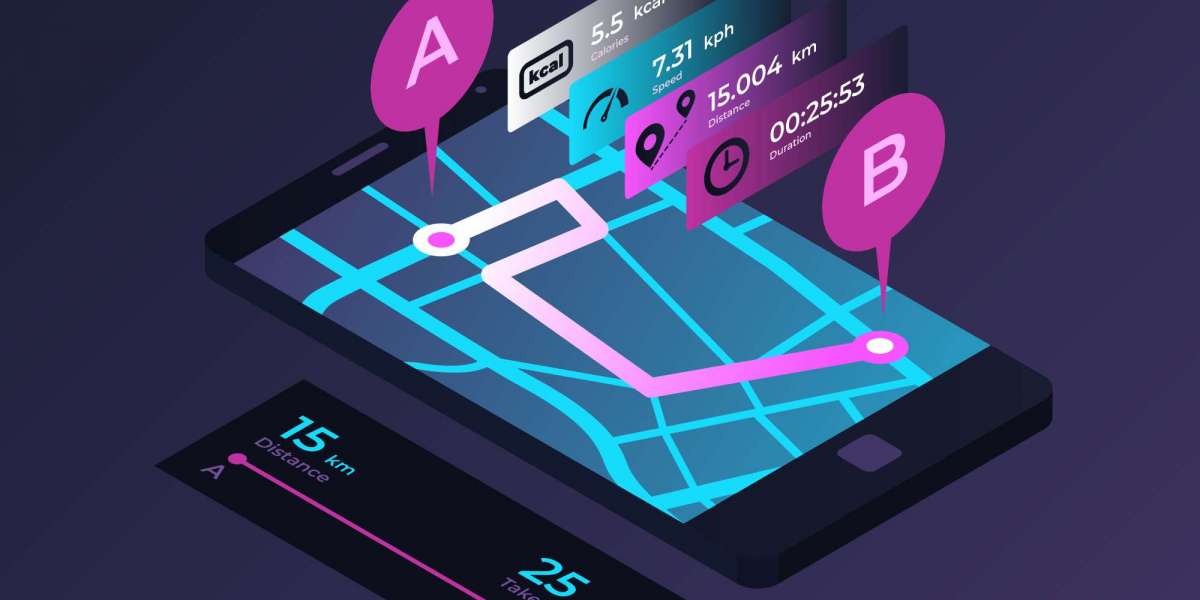Creating a secure payment gateway is paramount for any business looking to facilitate online transactions. As e-commerce continues to grow, so does the need for robust security measures to protect sensitive financial data and maintain customer trust.
When you create a payment gateway, you face several challenges that can impact its security. This article delves into the top challenges in developing a secure payment gateway and provides solutions to address these issues effectively.
1. Data Encryption and Protection
Challenge: Protecting sensitive data such as credit card information, personal identification details, and transaction data from unauthorized access is one of the foremost challenges in creating a payment gateway. Data breaches can lead to financial losses, legal consequences, and loss of customer trust.
Solution: Implementing strong encryption protocols is crucial for safeguarding data during transmission and storage. Use Secure Sockets Layer (SSL) or Transport Layer Security (TLS) to encrypt data transmitted between the customer and the payment gateway. Additionally, ensure that sensitive data stored on your servers is encrypted using Advanced Encryption Standard (AES) or similar encryption algorithms. Regularly update encryption methods to address evolving security threats and vulnerabilities.
2. Compliance with Industry Standards
Challenge: Compliance with industry standards and regulations, such as the Payment Card Industry Data Security Standard (PCI DSS), is essential for ensuring the security of payment transactions. Non-compliance can result in penalties and damage to your business reputation.
Solution: Adhere to PCI DSS requirements, which include maintaining a secure network, implementing strong access control measures, and regularly monitoring and testing networks. Conduct regular security audits and vulnerability assessments to ensure compliance with PCI DSS standards. Consider working with a Qualified Security Assessor (QSA) to help navigate the compliance process and address any gaps in your security measures.
3. Fraud Detection and Prevention
Challenge: Online transactions are vulnerable to various types of fraud, including credit card fraud, chargebacks, and account takeovers. Detecting and preventing fraudulent activities is a significant challenge in maintaining a secure payment gateway.
Solution: Implement advanced fraud detection and prevention tools to monitor transactions in real-time. Utilize machine learning algorithms and artificial intelligence to identify unusual patterns and flag potentially fraudulent activities. Incorporate Address Verification System (AVS) and Card Verification Value (CVV) checks to validate the authenticity of transactions. Additionally, use multi-factor authentication (MFA) to add an extra layer of security during user login and transaction authorization.
4. Secure Authentication and Authorization
Challenge: Ensuring that only authorized users and systems can access and perform transactions through the payment gateway is critical for preventing unauthorized access and misuse.
Solution: Implement strong authentication mechanisms, such as multi-factor authentication (MFA), to verify the identity of users and administrators. Use OAuth or similar authentication protocols to manage user access and permissions. Regularly review and update access controls to ensure that only authorized personnel have access to sensitive information and functions within the payment gateway.
5. Protection Against Distributed Denial of Service (DDoS) Attacks
Challenge: Distributed Denial of Service (DDoS) attacks can overwhelm a payment gateway with excessive traffic, causing service disruptions and potentially leading to downtime.
Solution: Employ DDoS protection services and techniques to mitigate the impact of such attacks. Use network-level protections, such as firewalls and intrusion prevention systems (IPS), to filter and block malicious traffic. Implement content delivery networks (CDNs) and load balancing to distribute traffic and reduce the risk of overload. Regularly monitor traffic patterns and set up alerts to detect and respond to potential DDoS attacks in real-time.
6. Data Breach Response and Incident Management
Challenge: In the event of a data breach or security incident, having an effective response plan is essential for minimizing damage and recovering swiftly.
Solution: Develop a comprehensive incident response plan that outlines procedures for detecting, responding to, and recovering from security incidents. This plan should include steps for containment, eradication, and recovery, as well as communication protocols for notifying affected parties and regulatory authorities. Conduct regular drills and simulations to ensure that your team is prepared to handle security incidents effectively.
7. Keeping Up with Evolving Threats
Challenge: Cybersecurity threats are continuously evolving, with new attack vectors and techniques emerging regularly. Staying ahead of these threats is a significant challenge for maintaining the security of your payment gateway.
Solution: Stay informed about the latest cybersecurity trends and threat intelligence by subscribing to security bulletins, attending industry conferences, and participating in cybersecurity forums. Regularly update your security measures and practices to address new threats and vulnerabilities. Implement a proactive approach to cybersecurity by conducting periodic security assessments and penetration testing to identify and address potential weaknesses.
8. Integration with Legacy Systems
Challenge: Integrating a modern payment gateway with existing legacy systems can pose security risks and technical challenges, especially if the legacy systems are outdated or lack proper security features.
Solution: Ensure that any integration with legacy systems follows best practices for security and data protection. Use secure APIs and middleware to facilitate communication between the payment gateway and legacy systems. Consider upgrading or replacing legacy systems that are vulnerable to security threats. Collaborate with experienced developers and integration specialists to ensure a secure and smooth integration process.
9. User Education and Awareness
Challenge: Educating users about secure payment practices is essential for minimizing the risk of fraud and ensuring the safe use of the payment gateway. Users who are unaware of security best practices may inadvertently compromise their own security.
Solution: Provide clear and concise information to users about secure payment practices, such as recognizing phishing attempts, creating strong passwords, and using secure networks. Offer educational resources, such as guides and tutorials, to help users understand how to protect their personal and financial information. Incorporate security awareness into your onboarding process and provide ongoing reminders about best practices for secure transactions.
10. Regular Security Audits and Updates
Challenge: Maintaining the security of a payment gateway requires ongoing vigilance and regular updates. Failing to perform regular security audits and updates can leave your system vulnerable to new threats.
Solution: Schedule regular security audits and vulnerability assessments to identify and address potential weaknesses in your payment gateway. Stay up-to-date with the latest security patches and updates for your software and infrastructure. Implement a patch management process to ensure timely application of security updates and minimize the risk of exploitation.
Conclusion
Creating a secure payment gateway involves addressing a range of challenges, from data encryption and compliance to fraud prevention and threat management. By implementing robust security measures, staying informed about evolving threats, and maintaining a proactive approach to security, you can effectively safeguard your payment gateway against potential risks and ensure a secure payment experience for your customers.








